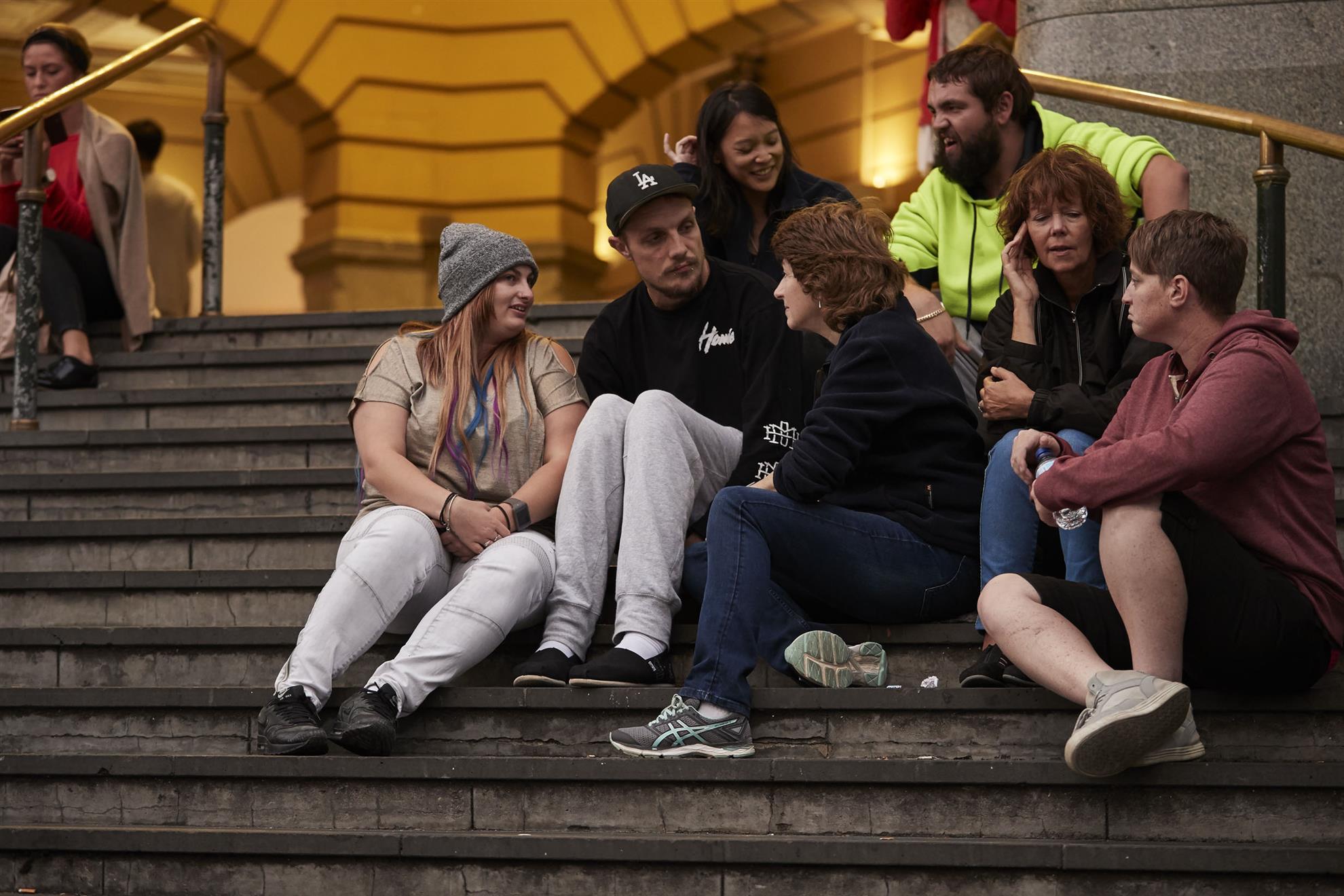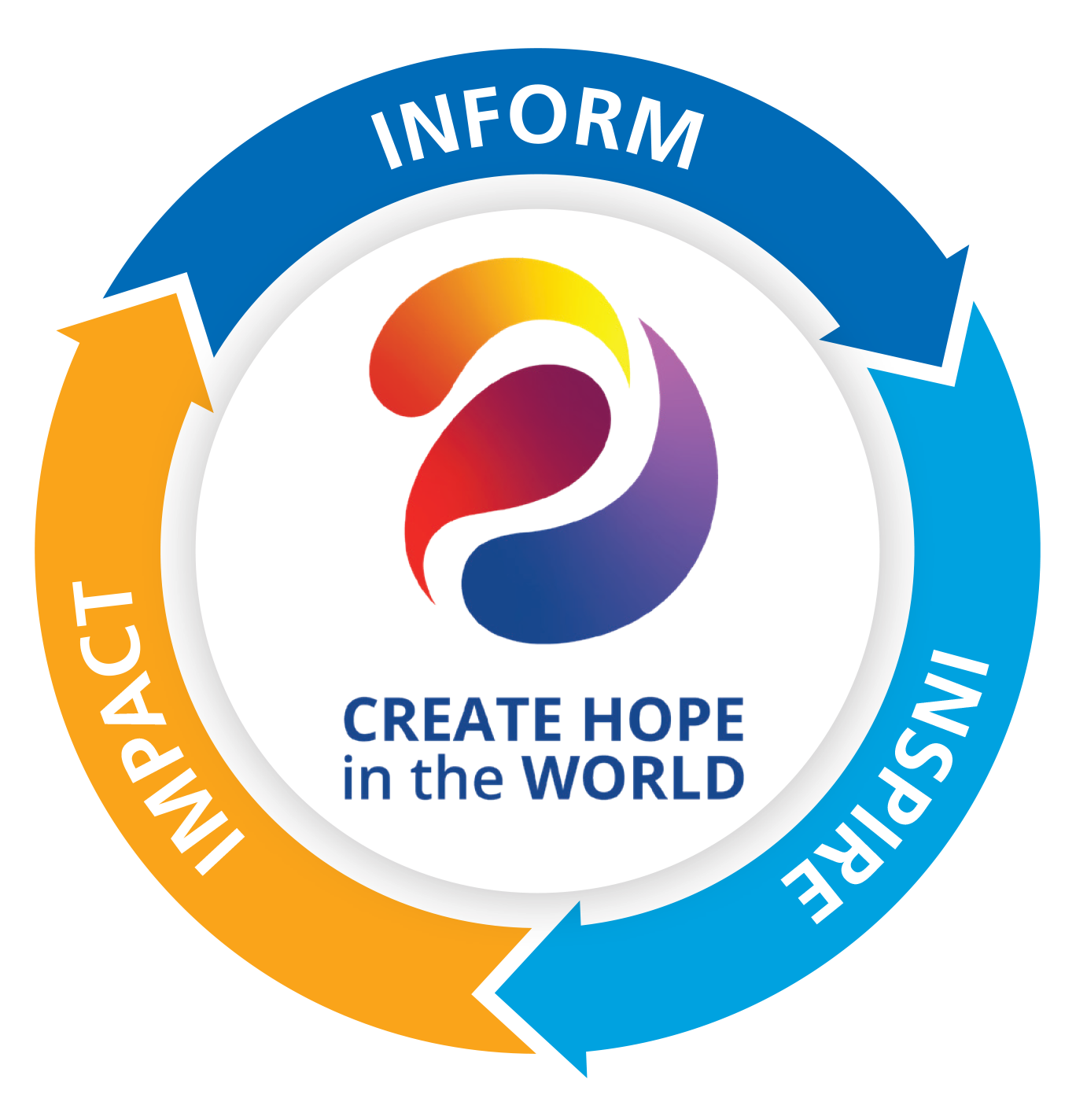Information on Homelessness
"Everyone has modest aspirations - to have a decent place to live, to be able to work or be useful in some form, and to have a sense of family or community to belong to".
Tony Nicholson - ex CEO Brotherhood of St Laurence who has interviewed thousands of people who were homeless.


PEOPLE OF ACTION
Homelessness is a hidden issue in Australian communities. The Australian Bureau of Statistics estimated that 116,000 people were homeless on the night of the 2016 census. This includes men, women and children sleeping rough outdoors, sleeping in a tent or a car, couchsurfing, or living in overcrowded, temporary , unsafe or unaffordable shelters.
When we think of the homeless in Victoria, images of men sleeping rough in Melbourne’s CBD come to mind. But they only represent a small fraction of this growing problem . While there are 1100 people sleeping rough on any given night in Victoria ( 30% in the CBD, 30% in the suburbs, 30% in rural areas and 10% in regional cities ) they constitute only 10 % of the State’s homeless. ( “Rough Sleeping in Victoria” Tony Nicholson, May 2017 ) Homelessness is a rapidly escalating problem, growing at 17% per year. The leading causes of homelessness are:
*An acute shortage of affordable and social housing
*Domestic and family violence
*Mental health issues
*Drug and alcohol problems
*Unemployment, underemployment and inadequate level of Centrelink payments to the unemployed
*Lack of skills and education
*Declining health, particularly in older people.
*A history of institutionalisation
MAKING A DIFFERENCE
Sadly, in 2016, 5000 children accompanied their parents in seeking help at homeless shelters. 28 % of homeless are under 25. Women over 55 are the fastest growing group experiencing homelessness, often triggered by family breakup or lack of financial resources.
Although the majority sleeping rough are recently homeless and move on if assistance is found, about 35% are persistently homeless and alternate between rough sleeping and poor, temporary accommodation such as boarding houses and caravan parks. Much of this low cost accommodation is disappearing as development occurs. Chronic rough sleepers make up 15%. There is an acute shortage of suitable social housing. Governments at all levels, not for profits, service clubs and some private sector organisations are working to reduce homelessness, but experts agree that much more needs to be done.
Many Rotary clubs in Victoria recognise homelessness as a growing humanitarian crisis and are working with other organisations to produce short and long term solutions. For example:
- Working with young people who are becoming disconnected with family, education, and the community, to prevent a spiral into homelessness (eg Steps Outreach, Youth Projects
- Facilitating suitable temporary or long term accommodation (eg Launch Housing, Housing for all Australians, Melbourne City Mission, )
- Assistance into long term accommodation. ( eg Western Emergency Relief Network )
- Providing support with food, clothing and other material aid ( Salvation Army, DIK )
- Assisting with crisis care programs providing essential services such as medical care, counselling, life skills and outreach street patrols, (eg Youth Projects)
- Bridges to education and employment ( Brotherhood of St Laurence, Salvation Army, Concern Australia )

